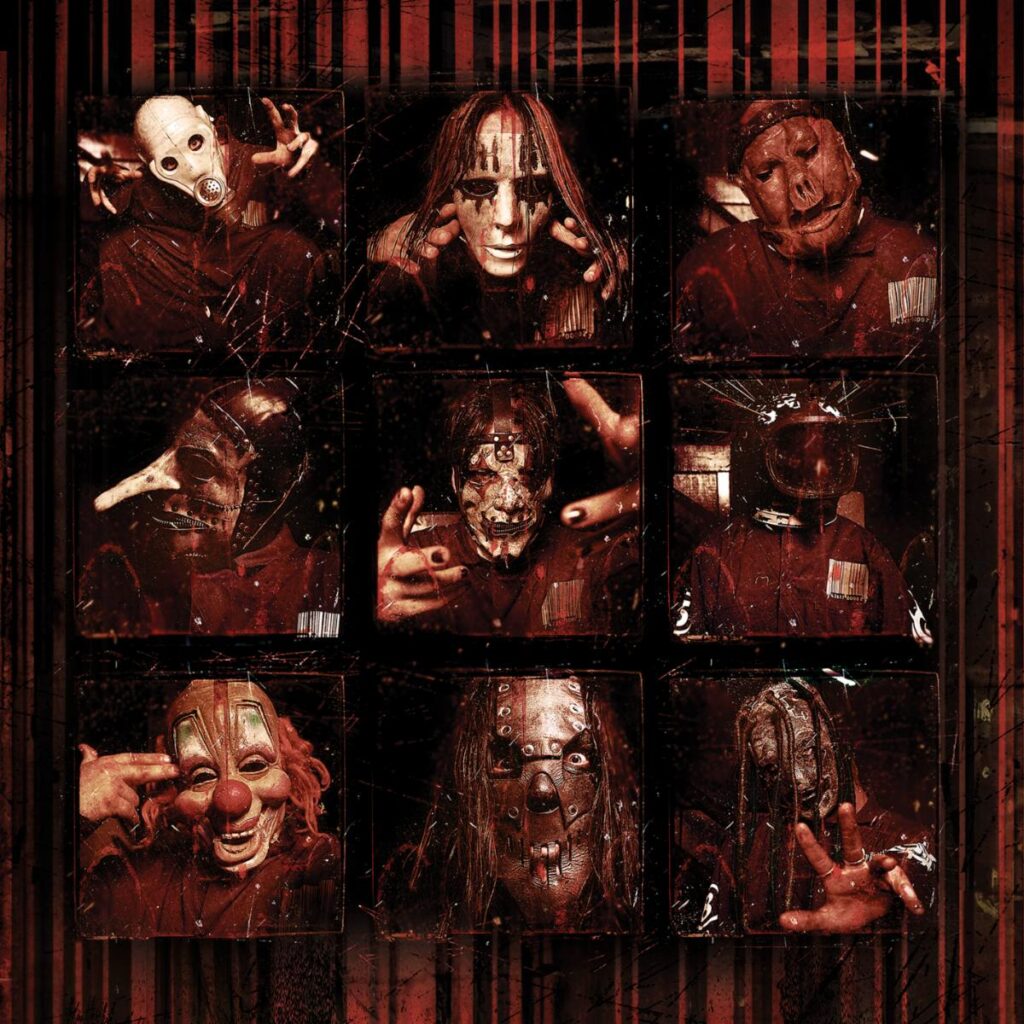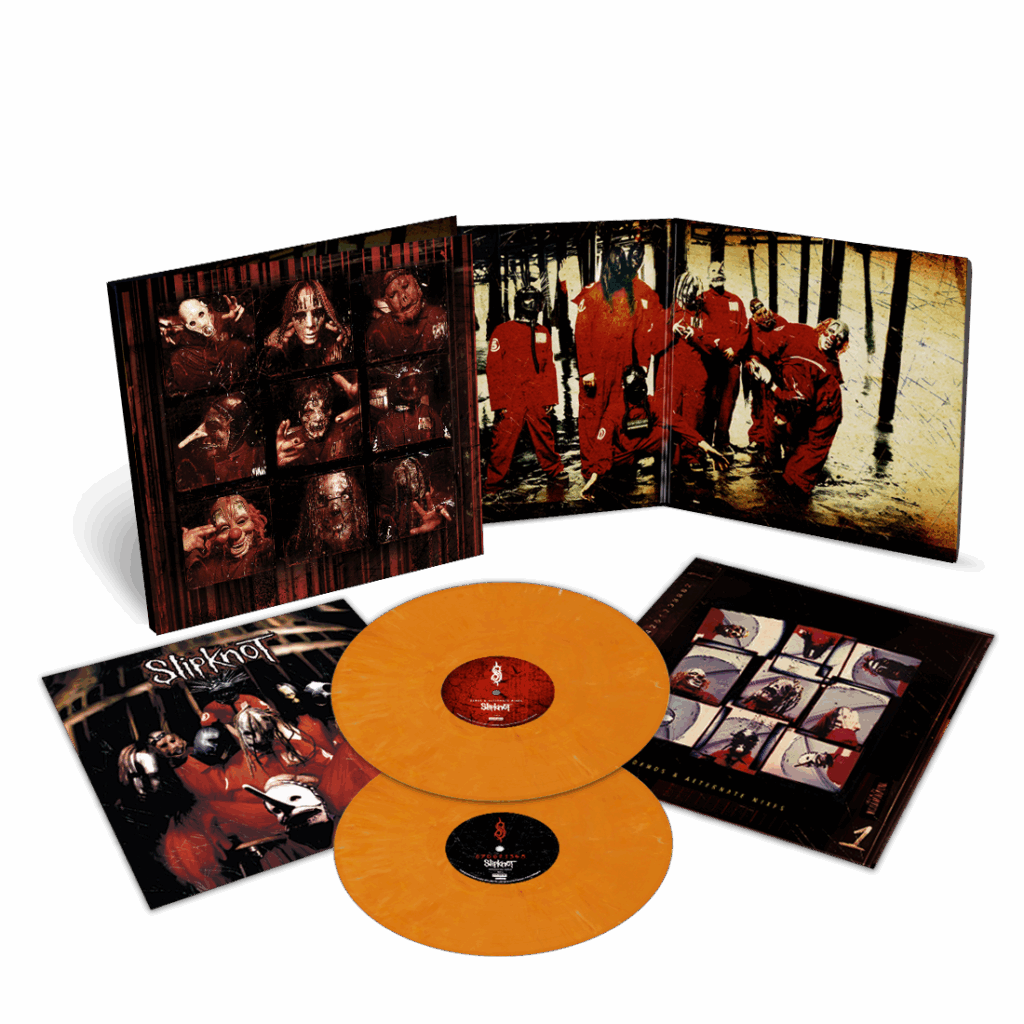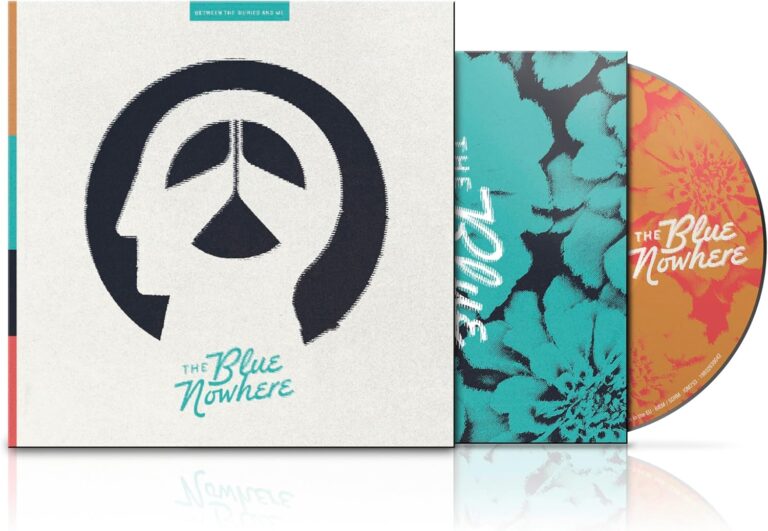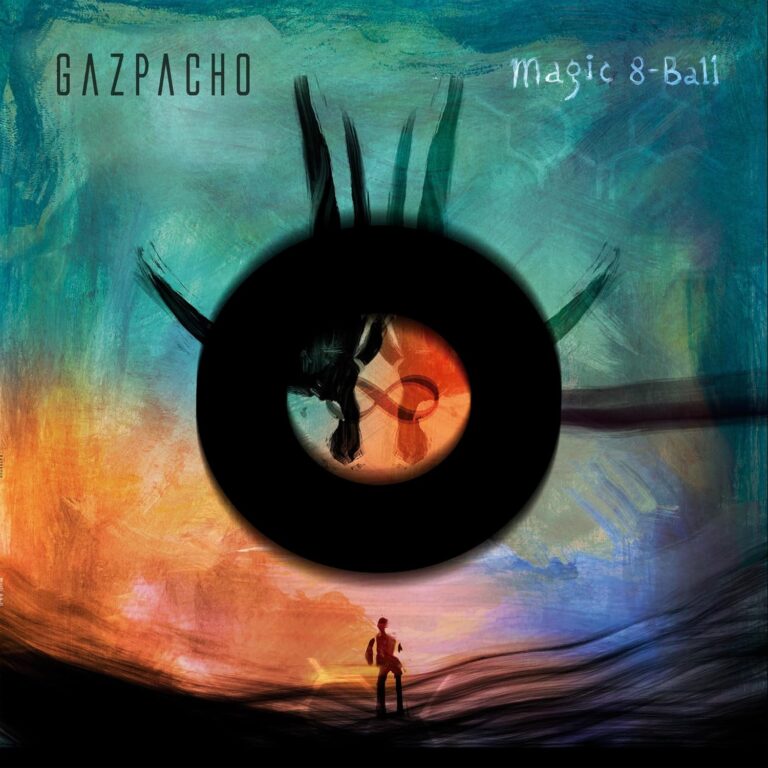
Few bands in metal’s storied history have been as feted and as reviled as Slipknot. Now, with the band established as a headline act and possessed of a following in the millions, it’s easy to see what the band believed all along – that they were always destined for greatness However, back in 1999, when the band broke through with their self-titled Roadrunner debut, a combination of hype and the genuine sense of danger surrounding the band served to obscure what future they may have, if any.
What a difference hindsight can make.
Formats
This is the second reissue of Slipknot. The first, released on the album’s tenth anniversary, bolted 11 bonus tracks onto the end of the album and threw in a DVD featuring a full set from Dynamo 2000, a short film from Shawn Crahan, and the video clips from the record. This time out, there are two basic options, a simplified version that combines some of the material from the 10th anniversary reissue, adding in some previously unheard content, but losing the audio-visual material entirely; and a super-deluxe edition (now sold out) that is somewhat more exhaustive.
Box Set
The six-disc vinyl edition came in two iterations, a limited blood-pack version that sold out in seconds; and a less-limited, but still desirable version that was also snapped up by eager fans. The box gathers the complete Indigo Ranch mixes, a selection of demos and alternate mixes, as well as live recordings from Iowa and the UK in 1999 and 2000 respectively. It’s a handsome edition, offering a comprehensive overview of the band’s formative period, and it has a price tag to match.

Standard Editions
For those looking for a more modest celebration, a double LP and double CD (reviewed here) offer scaled down content and rather more straight-forward packaging. The CD comes housed in a standard double jewel case with a booklet that offers only the most basic liner notes and images. It’s actually a step back from the 10th anniversary edition, with cover art that does little to improve upon the original, but it does the job.
In terms of audio, the first disc provides a slightly altered take on the original album track list – with Purity (originally track 9) removed and Me Inside dropped into its place. Unlike the tenth anniversary edition, the bonus tracks are reserved exclusively for the second disc, which is good for purists who prefer their albums to remain undisturbed.
The second disc offers thirteen demos, alternate mixes, and bonus tracks. Of these, the first seven are original demos recorded before the band set foot in Ross Robinson’s famed Indigo Ranch – a number of which also appeared on the tenth anniversary reissue. These are followed by test mixes created by Jay Baumgardner and a single mix from Ulrich Wild, each placing their own spin on the pieces as the band sought to establish their core sound. Finally, two bonus cuts can also be found here – Purity, which appeared on early versions of the album, was removed due to copyright issues, and then reinstated on the tenth anniversary version; and Eeyore, which was originally a hidden track bolted onto the end of Scissors. It’s a reasonable haul, but with most of the tracks ported over from the tenth anniversary edition, there’s little that is revelatory.

Disc One
Is there anything more to be said about an album that dominated the turn of the century?
Dismissed as a gimmick by some, lauded as the saviours of metal by others, it’s difficult now to fully explain the musical – hell the cultural – impact that Slipknot had. Famed for their ferocious live shows, surprisingly anonymous at a time when the internet was just taking off, and lumped in with the burgeoning nu metal scene, Slipknot understood (as Kiss did all those years before) that theatricality will only get you so far. As such, while far more extreme than their blood-spitting forebears, they never forgot the power of a good melody, and there’s a reason why the likes of Wait And Bleed and Spit It Out still light the mosh pit up today. However, for all of that, the band would hardly have maintained such a ferocious reputation had they focused all their attention on great choruses and, for every singalong moment, there’s an unsettling nightmare (such as Prosthetics) waiting in the wings. It was just this deft juxtaposition that helped the band to the coveted number one spot in the charts when they released the monstrous follow up – Iowa – a mere two years later, but they effectively laid the groundwork with Slipknot.
Helping the band no end was their unhinged live show. While the band today is a well-drilled machine that marches roughshod over arenas all around the world, this was hardly a foregone conclusion in 1999. From legendary shows at a dangerously over-stuffed Brixton Academy to festival performances that were always chaotic and often poorly mixed by stressed engineers unable to handle the cacophony produced by the nine masked menaces on stage, the band toured in a welter of blood and sweat, leaving a trail of devastation and wide-eyed maggots in their wake. When you consider that you can hardly step into a festival mosh pit today without encountering someone wearing a boiler suit in homage to the band, it’s still possible to still see traces of how Slipknot changed the metal landscape some quarter of a century ago.
Ultimately, however, it’s the songs that seal the deal. Slipknot’s debut makes good on the received wisdom that a band has their whole creative life to prepare for their first album, and it is packed with an enviable mix of hard-hitting singles and deep cuts. Leaving aside the noise collage of 742617000027, who can forget the first time they made it through the sonic maelstrom only to find themselves assaulted by (sic)? From there, the album hardly lets up. Sure, you may find yourself singing along to monster-anthem Wait And Bleed or headbanging until you drop to Spit It Out, but these were merely glimmers of accessibility amidst an album that offered some of the darkest, hardest music ever to graze the mainstream to that point – something often overlooked by Slipknot’s detractors. The band may have been hungry, but from the get-go it was clear that any success they garnered was going to be on their own terms and, as the abrasive Iowa highlighted, sometimes it’s possible to get to number one in spite of yourself.
And yes, hype played a part. There’s no doubting that the coordinated media assault around the time of this album helped to place it in as many hands as possible – I mean, you couldn’t move for Slipknot-related content in 1999 but, when you consider how many bands were given the full media treatment only to lose all momentum due to a lack of actual content, it’s clear that Slipknot made good use of the boost granted them by label and press. Indeed, listening to the album now, stripped of all the background noise, it’s clear that it stands as a landmark moment for what might loosely be dubbed alternative metal. Not only did the band act as a gateway, introducing thousands of excited fans to the wider charms of the metal scene, but it also provided a much-needed commercial boost, enabling labels like Roadrunner to continue supporting a range of artists from the super commercial to the pretty oblique in the process. In short, whether you like Slipknot or not, it’s impossible to deny the enduring impact on the scene.
Ultimately, however, for long-term fans of the band, what this 25th anniversary edition highlights above all else is that we were right from the start. Bleakly futuristic in 1999, Slipknot remains sharply ferocious, and it still packs one hell of a punch.
Disc Two
While the first disc offers no surprises, the second disc provides a tantalising glimpse of the blood, sweat, and tears that went into the making of Slipknot. Raw the album may be, but that doesn’t mean the band didn’t work to hone their initial impulses into something rather more accessible.
The first seven tracks, recorded prior to the band’s involvement with producer-of-the-day Ross Robinson, help to show just how well formed the pieces were right from the outset, whilst also revealing that the album’s darkly beautiful production was the final piece of the puzzle. Hearing these tracks – those that made the album and those that didn’t – you can almost hear the band reaching for a sound that was, in the first instance, just out of grasp.
Wait And Bleed, which opens the disc, is a case in point. There’s an intensity to the band’s performance, and the layered percussion is all present and correct, and yet the overall sound is somehow weedy, as if the myriad elements are vying for attention in the mix, neutering the guitars in the process. It was this clutter that Ross Robinson ultimately managed to pare back, his cleaner approach allowing the guitars and vocals the room they needed to stun the listener. Rather more interesting is a demo that never made it – Snap. A song that thankfully never made it beyond the demo stage, while not bad per se, it is the closest by far Slipknot ever came to directly locking into Korn’s dark groove, and it lacks the eerie innovation of darker, harder pieces such as Eyeless.
Largely reworked into Diluted, although the original form appeared as a bonus track on various editions of the album, Interloper is a nasty little blast of nu metal, the hip hop influences more overt in the verses and synth slashes that cut through the heavily overdriven guitars. Another track that found itself reworked (as Purity), Despise is pretty fully formed, the guitars, drums, and vocals all nicely coalescing to paint a convincing picture of where the band would head, certainly on the next two albums, although it’s interesting to hear Cory’s early and somewhat unconvincing attempts at clean vocals, considering just how proficient he would come by the time he came to record the likes of Snuff.
The disc turns up another track that didn’t make the grade in the form of Only One, which originally appeared on the 4-track demo. The awkward funk guitar that opens the piece may give way to some chunky riffing, but it largely sounds like Korn covering the Red Hot Chilli Peppers, a shudder-inducing concept at the best of times. Fortunately, it’s followed by the demos for Me Inside – pretty fully formed even at this stage, albeit with some fun death roars tucked away; and Prosthetics – easily one of the band’s most ambitious early songs and still a thing of dark wonder today.
Having dispatched the demos, a handful of alternate mixes are up next. Of these, the Jay Baumgardener mixes are the stronger, offering a lighter, crisper sound than Ross Robinson, otherwise providing few surprises. Meanwhile the Ulrich Wild mix of (Sic), is pretty weak and it just goes to show that the right mix is essential to giving an album the weight it needs to cut through the competition. Overall, however, these mixes are just curios and there’s nothing particular radical that would make you think the band didn’t make the right decision to go with Ross.
That just leaves Purity and Eeyore, both tracks included on original pressings of the album. In all honesty, these should probably have been placed on disc one, leaving room for a couple more demos or live tracks – especially as the bonus disc only clocks in at about 45-minutes even with them in place. However, such niggles aside, it’s good to have them included here as it helps this edition to feel largely complete.
Conclusion
Honestly, if you have the original digipack or the tenth anniversary edition of Slipknot, it’s difficult to justify grabbing this edition unless you’re an absolute completist. Certainly, it confirms what many of us knew early on – that the band were an absolute monster and destined for greatness. However, with the most interesting demos already present on the tenth anniversary disc, there’s too little that’s new to really get under the skin of this brutal little beast.
Of course, the super-deluxe edition offers far more for fans to get their teeth into, but with both editions sold out (and unlikely, at time of writing, to get a repress), the best bet for longtime fans is to grab one of the cool double LP editions, as they do look pretty fantastic. Ultimately, this is a pretty underwhelming anniversary edition of a stunning album.
The album: 8.5/10
The reissue: 6/10




